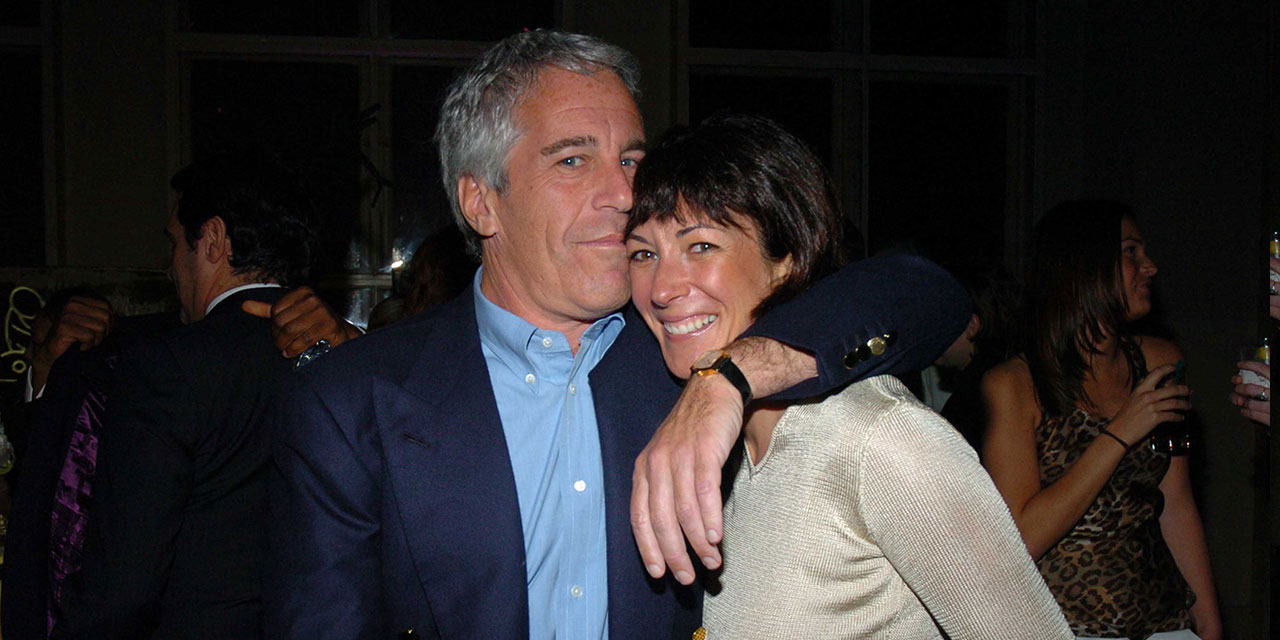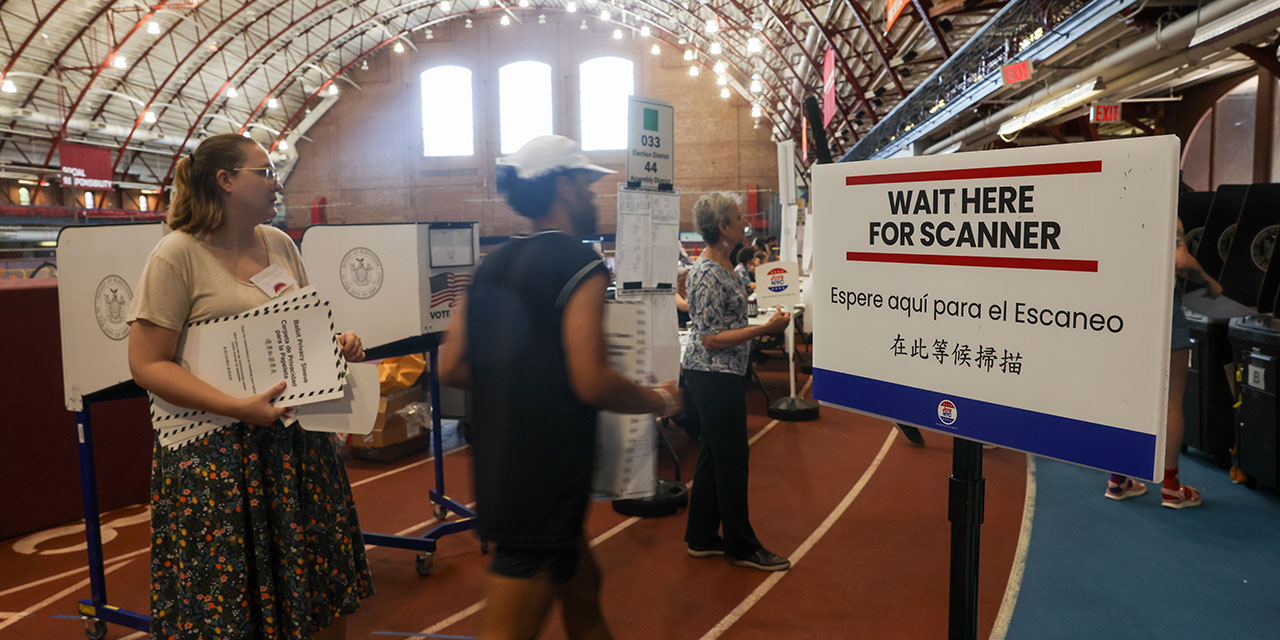Surveying Washington’s Civil War hospitals, Walt Whitman remarked how the sight of soldiers unlocked a “new world somehow to me, giving closer insights, new things, exploring deeper mines than any yet, showing our humanity.” Despite the passage of more than a century—2011 marks the 150th anniversary of the inaugural mortar blasts at Fort Sumter—the Civil War and its famous actors continue to captivate. Largely lost to time, however, are the names and faces of those men who so touched Whitman: the ordinary Americans who fought, died, and are buried on the battlefields.
The Library of Congress’s kick-off of the war’s sesquicentennial offers a powerful and often touching glimpse of those who bore the war’s brutal costs. “The Last Full Measure,” a modest exhibit running until August, is the work less of a curator than of a family of collectors. The show consists of just six display cases crowded with some 700 Civil War–era ambrotypes and daguerreotypes, the images frequently enhanced by the photographers’ careful placement of pigment to add color to their subjects’ cheeks, lips, or clothing. They were donated by Tom Liljenquist, a Virginia jeweler who, along with his three sons, tracked down the photos at antique stores, swap shows, estate sales, and even on eBay.
Finally, a reason to check your email.
Sign up for our free newsletter today.
The images, largely of soldiers or their loved ones, are often housed in compact folding cases that allowed them to serve as mementos during wartime separation. They are presented here with little information, which seems fitting, given that so little is known about the subjects. Indeed, the image that greets visitors as they enter the exhibit—Alexander Hesler’s familiar 1860 photo of a clean-shaven and pre-presidential Abraham Lincoln—seems incongruous. The faces that follow are considerably less famous, and though we can only speculate about their stories, their circumstances are easily recognizable.
At odds with the severe, unsmiling poses we associate with early photography, here are young men in uniform flashing pistols; holding muskets, drums, and trumpets; and posing with the occasional assured smile. Comrades and friends are captured in lighthearted poses. Two young sailors, probably brothers, if not twins, rest their arms on Old Glory, the image of a warship in the distance; a soldier playfully holds a canteen to his mouth; another reclines on a rock on Tennessee’s Lookout Mountain; and a pair of Yankees feigns battle by pointing their Colt revolver and Springfield musket at one another.
Other photos are more solemn. As “The Last Full Measure” demonstrates (and as our current conflicts remind us), war also touches the wives, children, and parents left behind. In one photo, a young couple stares into the camera—he, in uniform, legs crossed, projects confidence, while she, her cheeks tinted red, looks anxious. In another, two women, arms around each other, intently read letters, presumably from enlisted husbands, beaux, or brothers. One side of a case holds a photo of a small boy, the other a lock of his hair. A note nearby reads: “My beloved Carl taken from us in April, 1865 at age 18.” Another photo features a young girl in mourning dress clasping a photograph of her father in a cavalry uniform.
Supplementing the photos are a few tattered notes, poems, and battlefield souvenirs. One such relic is a fragment of a poem, placed near the photo of a young bride, entitled “Love Never Dies.” It reads, in part, “Love is true, e’en though by fate severed be the loving.” Meanwhile, a letter near the end of the exhibit from Confederate major Thomas Screven to the father of Private R. Cecil Johnson reads: “I deeply sympathize with you at the death of your gallant son . . . who was killed at the Battle of Upperville on the 21st of June, whilst performing a voluntary and hazardous service.”
With the exception of the date and the prose style, these artifacts could easily be found in an exhibit on our current wars. Which brings one back to the power of this show: the countless faces of soldiers, black and white, youthful and grizzled, Confederate and Union, confronting viewers with the humanity that Whitman described. The faces are so familiar, and the looks so universal, that the past elides into the present. These are the same men who today serve America in Afghanistan and Iraq. The dangers they face, the courage they summon, and the sacrifices that they and their families make are the same. And of course the hell of war remains, as always.
When we contemplate the Civil War, our attention is often drawn to its better-known figures: Davis, Grant, Lee, Sherman, Jackson, and Lincoln. They are integral to our understanding of the conflict, but so are the thousands of men who followed their commands. History has not always recorded their stories. As Whitman said, “The real war will never get in the books.” But thanks to the Liljenquist family and “The Last Full Measure,” the real faces of the war will not be forgotten.



